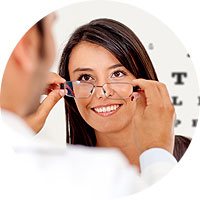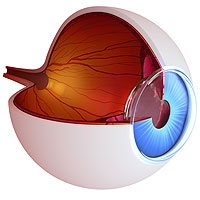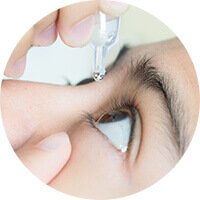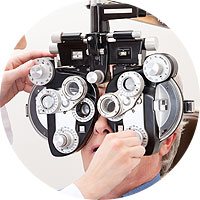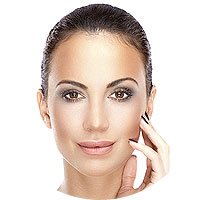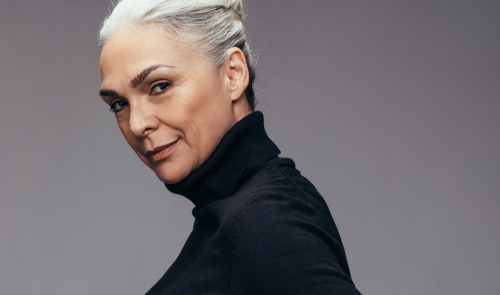
Oculoplastic surgery is an important but often overlooked field of eye care. Typically, you think of eye care as improving vision with surgeries like LASIK or treating eye diseases like glaucoma. However, the skin around our eyes is important for more than cosmetic reasons.
Keep reading to learn more about oculoplastic surgery and how it can help you.
What Does an Oculoplastic Surgeon Do?
Oculoplastic surgery is a combination of ophthalmology and plastic surgery. Oculoplastic surgeons create clear vision and healthy eyes by maintaining the structure of the face around the eyes. There are dozens of treatment options that help you maintain a healthy facial structure. These include:
- Blepharoplasty, ptosis, and brow lifts
- Entropion and ectropion surgery
- Tear duct repair
- Tumor and eye growth treatments
- Botox
Blepharoplasty and Ptosis
Blepharoplasty and ptosis are two common oculoplastic procedures. Both address excess skin, sagging and folds around the eyes to restore youthfulness and eyesight.
Blepharoplasty
Blepharoplasty is an outpatient procedure that treats droopy eyelids by removing excess material. The surgeon removes excess skin, fat, and muscle from the upper and lower eyelids.
Ptosis
Ptosis is a procedure to repair, strengthen, and reattach muscles in the eyelid. Over time your eyelids can stretch the muscles in your eyebrow. Sagging eyelids can cause blocked vision and brow fatigue from holding your eyebrow up all the time. Ptosis tightens the eyebrow to prevent sagging eyelids.
Brow Lifts
As we age, our eyebrows may end up lowering over time. A brow lift corrects this sagging in a similar way to ptosis repair. The only difference is that brow lifts tighten the skin in the forehead instead of the eyelids.
Entropion and Ectropion
Other issues you may face as you age are entropion or ectropion. These are terms for eyelids turning in or turning out.
Entropion
Entropion is the term for eyelids that turn in, almost like your eyelid is rolling in on itself. When your eyelid rolls inwards, it can rub against the surface of your eye and cause discomfort. Entropion can cause inflammation in your eye, which can lead to eye damage if it is severe enough.
Treatment for entropion involves tightening the eyelid, which will return it to its normal position.
Ectropion
Ectropion means eyelids that turn out and no longer touch the eye. When your eyelid is no longer in contact with your eye, the mucous membrane that lines your eyelid becomes exposed. Exposed mucous membranes cause irritation and constant discharge of eye fluid.
Ectropion is usually treated with a simple procedure to strengthen the support structures of the eyelids.
Tear Duct Repair
If you have chronic watery eyes you may need to have your tear ducts repaired. While this is not a cosmetic procedure, watery eyes can be visible to others.
Your tears ducts can become clogged, which causes tears to overflow out of your eyes. It can be disruptive and potentially embarrassing to have your eyes running all day long.
Rather than unblock the passage, the oculoplastic surgeon can bypass your tear duct. They create a new tear duct and insert tubes for up to 6 months to allow the new ducts to heal without closing.
Tumors and Eye Growths
Tumors or other growths often appear around the eye. Oculoplastic surgeons perform biopsies to determine if a growth is malignant or benign. Common skin cancers found around the eye include melanoma and types of carcinoma.
Botox
Oculoplastic surgeons also perform procedures like Botox. Botox is a popular cosmetic treatment, but it can also temporarily treat muscle spasms in the face. It gets rid of wrinkles but also freezes spasms and twitches around your eyes.
Oculoplastic surgery is a diverse field that helps people worldwide look better and have clearer vision. Schedule an appointment at Eye Care Specialists of PA in Kingston, PA, today! Find out if an oculoplastic surgeon can help with your eyesight or facial problems.











